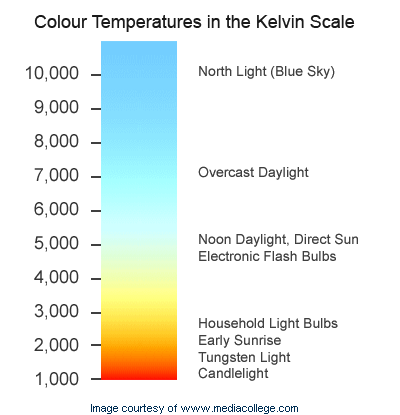Austin wrote: Thank You Mate.
conplains ,critics? you can always count me on



Austin wrote: On HGV being carried in single launch platform , Yes I was in dual mind to mention Sarmat with can carry multiple HGV but I avoided then but now mentioned it.
Sarmat can carry 10-16 depending on size according to wiki but nobody stated or confirmed that how many Avangards. What is for sure U%-1000N can carry up to 4350kg so surely
Avangard doesnt weight more.
https://ru.wikipedia.org/wiki/%D0%A3%D0%A0-100%D0%9D
Austin wrote: Decoys and Jammers are needed because they can expontially increase the survivability of missile , Weather HGV needs it or not can be debatable but it cant be done with HGV for sure but atleast post Boost Phase they need to deploy Decoys and Jammers till HGV gets detached. Not sure how long is the midcourse phase till HGV gets detached.
since to intercept 1 Avangard with current tech US needs 500+ ABM this is already increase of missiles by order of magnitude (currently US has 30? ABM) . And 2 is to be installed so to stop avangards only they'd need
6,000 ABMs vs 30 deployed now. It is like pike men in XVII c, with increased effectiveness of firearms they lost their importance.
Austin wrote:Yes agree on Range Part I removed it and mentioned ICBM ranges , I think HGV are like FOBS because they can come in and out of atmosphere and can simply dive in between sub-orbital flight to the target , What is your opinion on this , Would love to hear it.
with energy / velocity 7,9 km/s + this is not actual suborbital flight. Can be orbital i.e. get Avangard to orbit and wait for months till is drops down. IMHO technically that option exist, now it's not exercised tho.
As for their "natural flight" around 100km - is they jump higher only rocket thruster can be used, if go too deep temperature / pressure gets very high. So they are "wobling around" or more technically changing pitch and direction) . This not same as FOBS to me rather as space ship descent.
Austin wrote:100 km is just the start of atmosphere not sure how dense it is say compared to 80 or 50 or 30 km I expect to be less dense.
Another point is HGV can still fly at 200 km what prevents it from doing so ?
Technically - nothing, but then neither H nor G can be used. Above ~100 km . Control only by control thrusters. Gliding is when aerodynamic effects enable using control planes/ wings. Space Shuttle started descent on 122km and needed to slow down to below Ma=25 to start descent (7,8kms according ot NASA) . Then gliding started . Above no surface made any difference. Above 25Ma is not hypersonic speed anymore - it can be orbital or at most re-entry speed.
Nasa says about 50miles (i.e 80km ) surfaces are ineffective. what makes nice coincidence with scramjet max height = 75km
Link below I've googled for you
https://www.grc.nasa.gov/www/BGH/hihyper.html
This makes me think - if scramjets are used then 70-80km altitude. Russian call Avangard "winged" this implies control surfaces are applied then again less 100km (however still ineffective) till - around 80 (vide scramjets application).
Yet orbital speed (27Ma reached theoretical one is 30Ma) can do "jump up a bit".
Considerations:
re-enrty of shuttle started at 7,8kms which is ~26,5Ma (Ma changes with altitude - at Karman line is ~290m/s )
But this is only IMHO



Austin wrote: Do you also blog ?
nope, my all non proffesiona internet activity is here with this forum












 Arrow
Arrow

